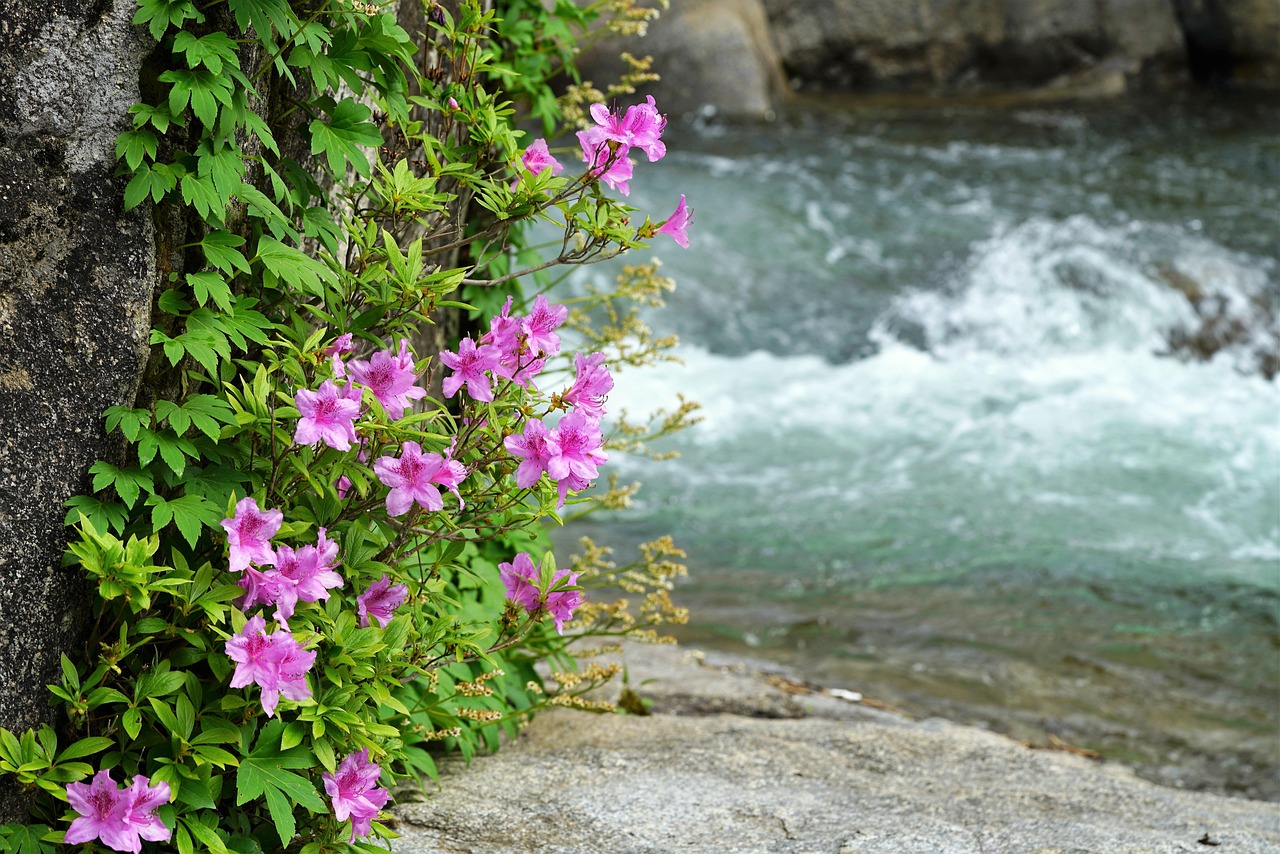
Azalea
Rhododendron spp.
Basic Information
🌿 Family: Ericaceae🗺️ Zone: 5-9
Other Names:
- None
🌡️ Ideal Temperature : 60°F – 75°F
🔥 Heat Tolerance: Up to 95°F
❄️ Cold Tolerance: Down to -15°F
🌱 Type: Perennial
Layers
- Shrub
Companions
- Fern
- Hosta
- Camellia
- Dogwood
- Oak
Plants to Avoid
- Black Walnut
Description
Azaleas are flowering shrubs within the Rhododendron genus, celebrated for their vibrant blooms that range from white and pink to red, orange, and purple. Depending on the species and cultivar, azaleas can be deciduous or evergreen. They typically grow between 0.6 to 1.8 meters (2 to 6 feet) in height, forming rounded, bushy shapes. Azaleas are slow-growing and thrive in well-drained, acidic soils with a pH between 4.5 and 6.0. Their funnel-shaped flowers often appear in clusters during the spring, creating striking displays in gardens and landscapes.
🌞💧 **Sun and Water Requirements:**
Azaleas prefer partial shade, especially in hotter climates, to protect them from intense afternoon sun. They require consistent moisture, favoring well-drained soils rich in organic matter. Mulching helps retain soil moisture and regulate temperature. Overwatering or poor drainage can lead to root rot.
✂️🫘 **Methods to Propagate:**
Azaleas are commonly propagated through semi-hardwood cuttings taken in late summer. Select healthy, non-flowering shoots about 10–15 centimeters (4–6 inches) long, remove the lower leaves, and dip the cut end in rooting hormone before planting in a moist, well-draining medium. Keep the cuttings in a humid environment until roots develop. Seed propagation is also possible but less common due to variability in offspring.
🧑🌾👩🌾 **When to Harvest:**
As ornamental plants, azaleas are not harvested for edible purposes. However, pruning spent blooms after flowering can promote plant health and encourage more vigorous growth in the following season.
Purpose
- Pollinator: Azaleas produce nectar-rich flowers that attract bees, butterflies, and hummingbirds, supporting pollinator populations and enhancing biodiversity.
- Wildlife Attractor: The dense foliage provides shelter for various small animals and birds, contributing to local ecosystems.
- Border Plant: Their compact growth habit makes azaleas ideal for defining garden borders and creating structured landscapes.
- Ground Cover: Low-growing varieties can serve as effective ground covers, suppressing weeds and reducing soil erosion.